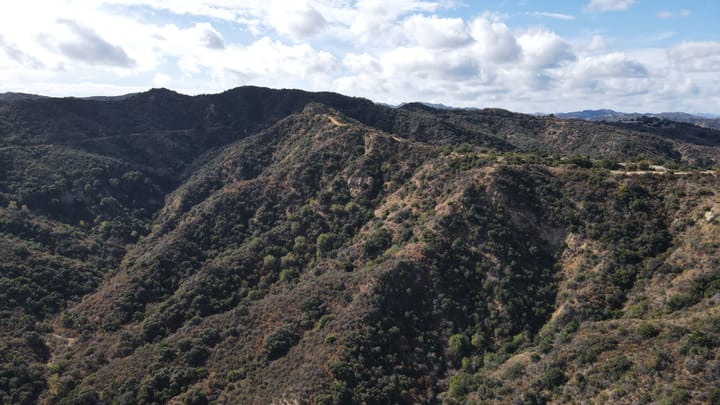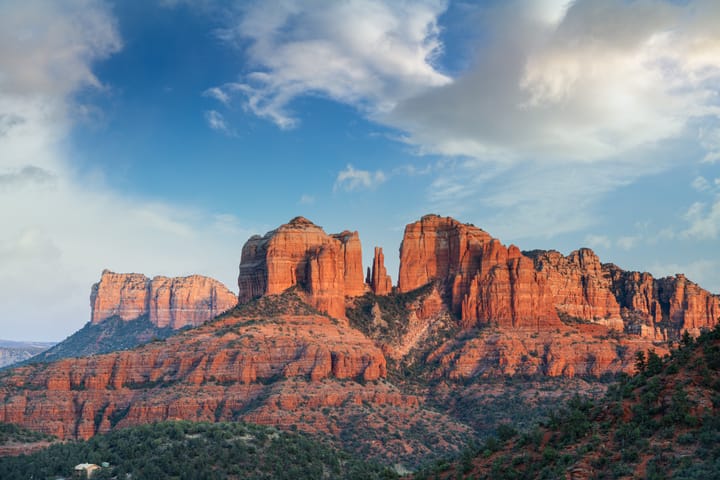Discovering the Unique Spiders of Arenal, Costa Rica
Discover the unique array of spiders found in Arenal, Costa Rica. Learn about their ecological roles, challenges faced in photography, and the importance of biodiversity through macro photography.

Introduction
Costa Rica is a world-renowned biodiversity hotspot, boasting a staggering variety of plant and animal life. This rich tapestry of species is due in part to the country's unique geography, which includes tropical rainforests, active volcanoes, and pristine beaches. Arenal, a region nestled in the foothills of the Arenal Volcano, is a prime example of this biodiversity. Lush rainforests teeming with life blanket the volcanic slopes, creating a habitat for a fascinating array of creatures, including a multitude of spider species.
Macro photography is a technique that allows photographers to capture the intricate details of small subjects, like spiders. By using specialized lenses and close-focusing techniques, macro photography can reveal the hidden beauty and complexity of these often-misunderstood creatures.
The Unique Spider Species of Arenal
The spider in the image is likely from the genus Micrathena. Micrathena spiders are known for their distinctive abdomens, which often have elaborate spines or bumps. These spines are thought to serve a defensive purpose, deterring predators from attacking. The particular species in the image cannot be identified for certain without a closer look, but some of the distinguishing features of Micrathena spiders include:
- Small, orb-shaped webs
- Round abdomens with prominent spines
- Long, slender legs
Spiders play a vital role in the ecosystem of Arenal. They are predators that help to control insect populations. By keeping insect numbers in check, spiders help to protect plants from being devoured. Additionally, spiders themselves become prey for a variety of birds, reptiles, and mammals, thus playing an important role in the food chain.
Macro Photography Techniques in Tropical Forests
Macro photography is a valuable tool for scientists and naturalists who study spiders and other small creatures. By capturing detailed images of these animals, researchers can learn more about their anatomy, behavior, and ecology. Macro photography can also be used to document new species or to monitor changes in spider populations over time.
One of the key techniques used in macro photography is shallow depth of field. This creates a blurred background that helps to isolate the subject from its surroundings. This allows the photographer to draw attention to the specific details of the spider, such as its markings or its eyes.
Capturing wildlife in natural lighting can be challenging, especially in the dense rainforests of Arenal. The forest canopy can block out much of the sunlight, making it difficult to get clear shots. Photographers often need to use special techniques, such as flash photography or high ISO settings, to get good results.
The tropical forest environment also poses other challenges for wildlife photographers. The constant humidity can make it difficult to keep camera equipment dry. Additionally, the abundance of insects can make it difficult to get close to your subjects without being bothered by bites or stings.
Biodiversity in Costa Rica's Arenal Region
Arenal is located in northwestern Costa Rica, close to the border with Nicaragua. The region is home to a wide variety of habitats, including rainforests, cloud forests, and dry forests. This diversity of habitats is a major factor contributing to Arenal's high biodiversity.
In addition to spiders, Arenal is home to a wealth of other notable species. These include:
- Three-toed sloths
- Resplendent quetzals
- Howler monkeys
- Poison dart frogs
The biodiversity of Arenal is threatened by a number of environmental factors, including habitat loss, deforestation, and climate change. These threats can disrupt the delicate balance of the ecosystem and have a negative impact on all of the species that call Arenal home.
Conservation Efforts for Tropical Forests in Costa Rica
Costa Rica is a leader in conservation efforts, and there are a number of programs in place to protect the country's tropical forests. These programs include:
- Establishing national parks and reserves
- Working with local communities to promote sustainable forestry practices
- Educating the public about the importance of conservation
Photography and media can play an important role in promoting conservation awareness and education. By capturing stunning images of the wildlife of Arenal, photographers can help to show people the beauty and importance of this rainforest ecosystem.
Conserving the delicate ecosystems of Arenal and other tropical forests is an ongoing challenge. However, by working together, scientists, conservationists, and photographers can help to ensure that these vital habitats are protected for future generations.
Conclusion
The spiders of Arenal are just one example of the many amazing creatures that call this rainforest home. These spiders play an important role in the ecosystem, and their presence is vital to the health of the rainforest. Macro photography is a valuable tool that can help us to learn more about these fascinating creatures and to document the beauty of the rainforest ecosystem.
By supporting conservation efforts, we can all help to ensure that the biodiversity of Arenal is protected




Comments ()